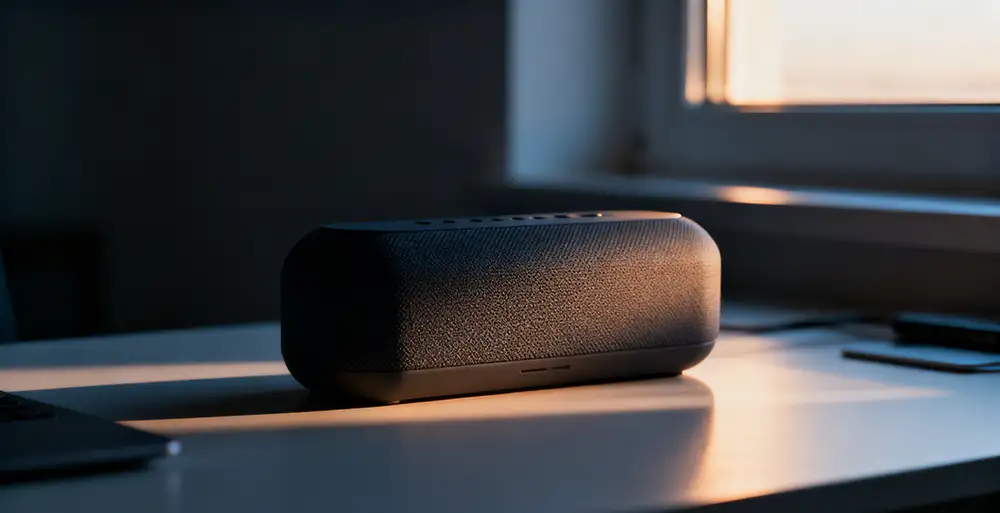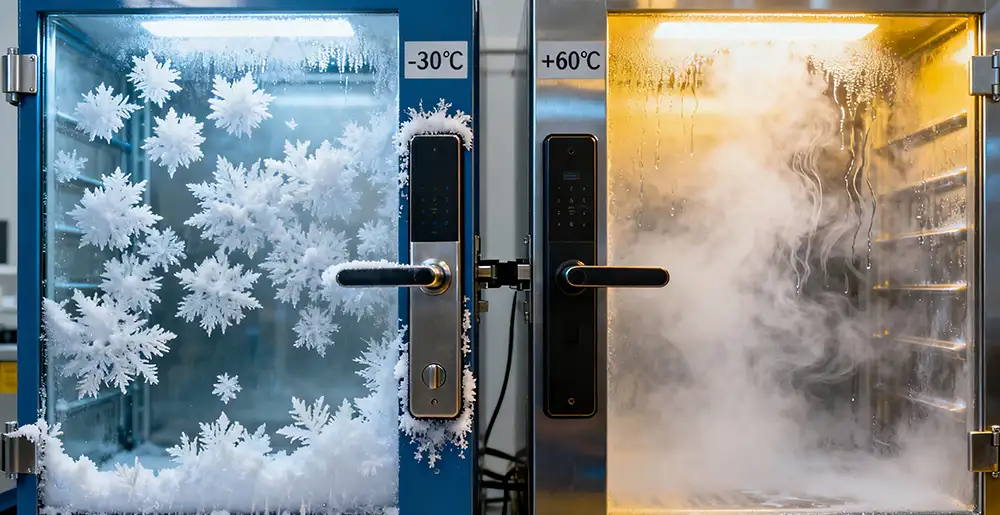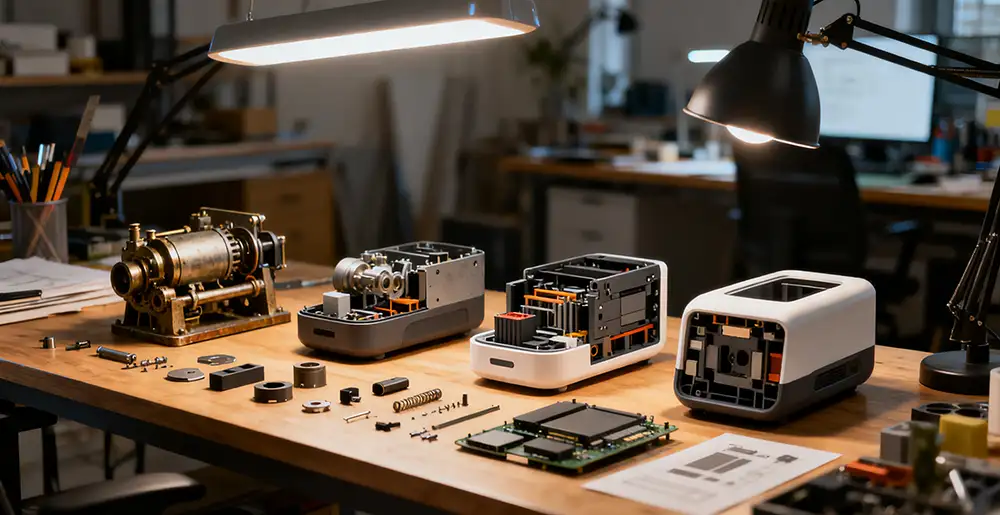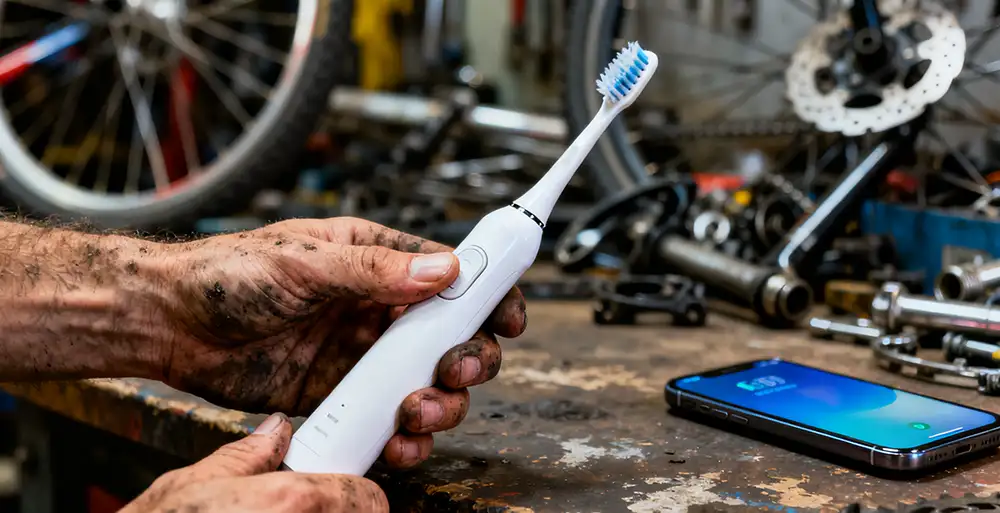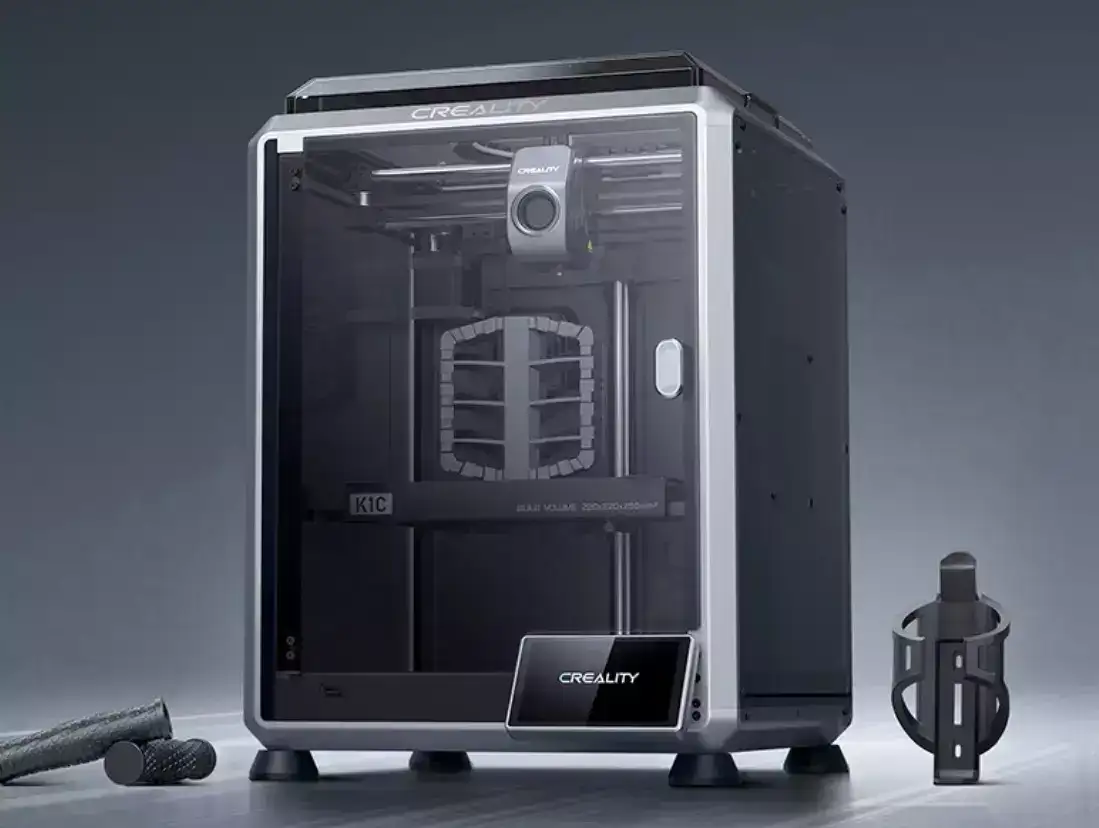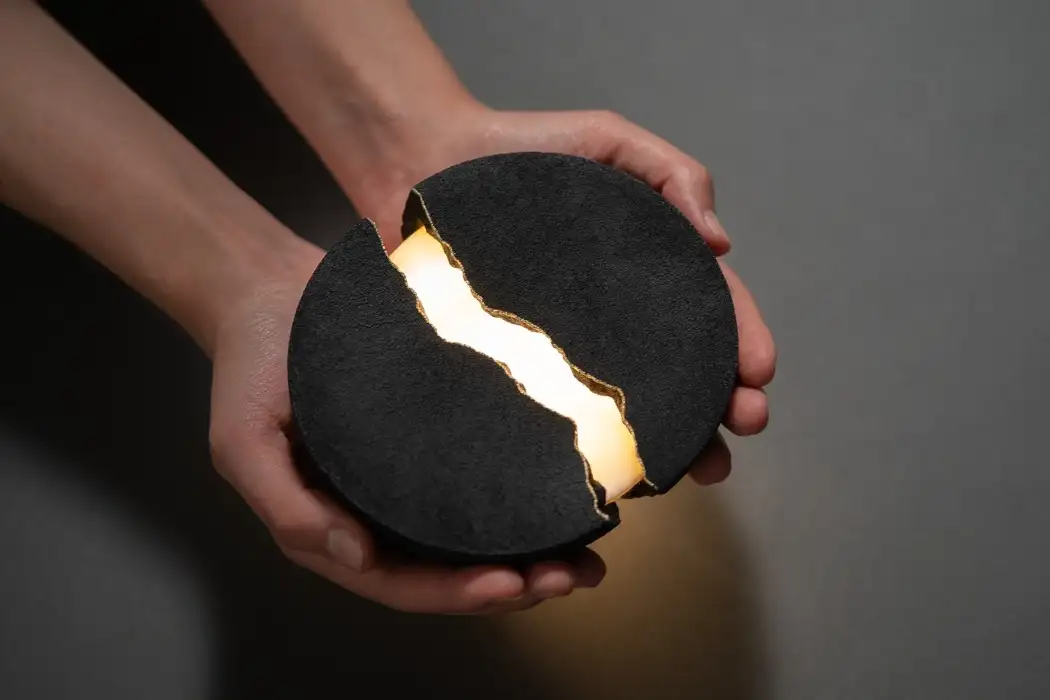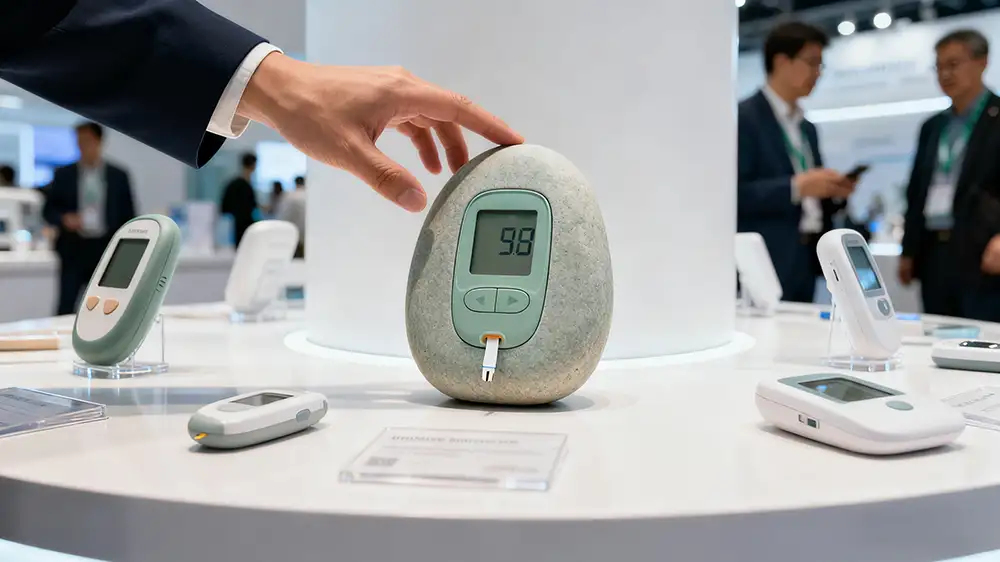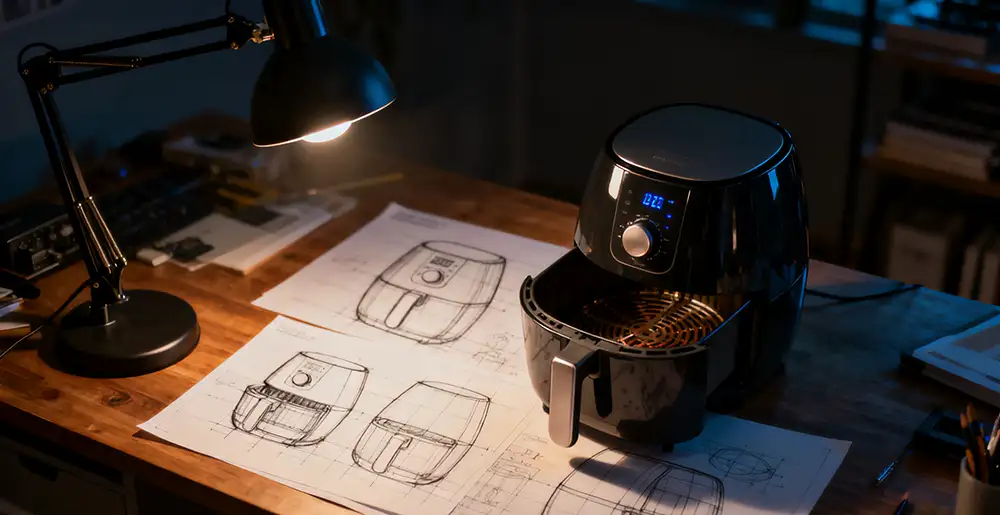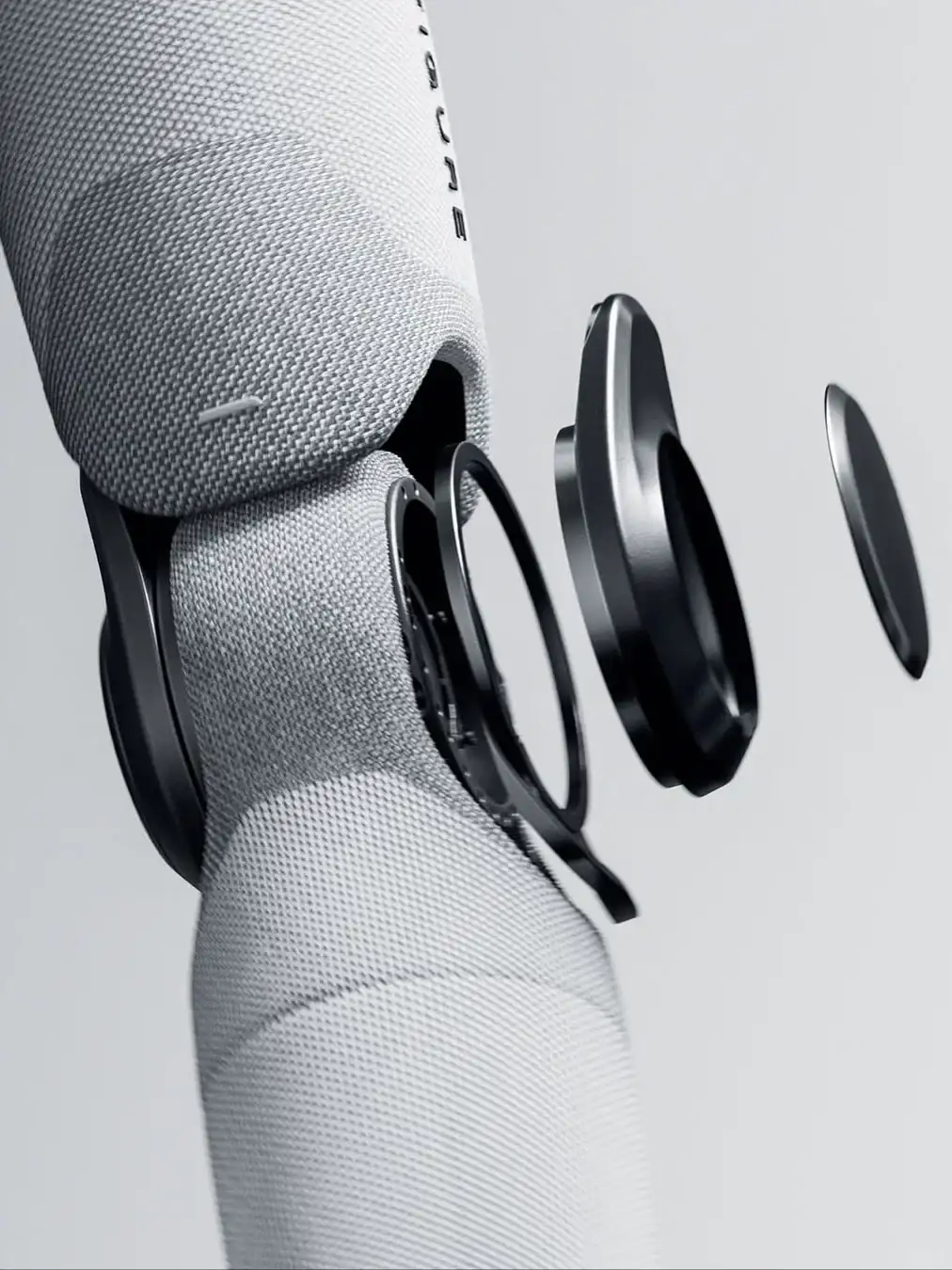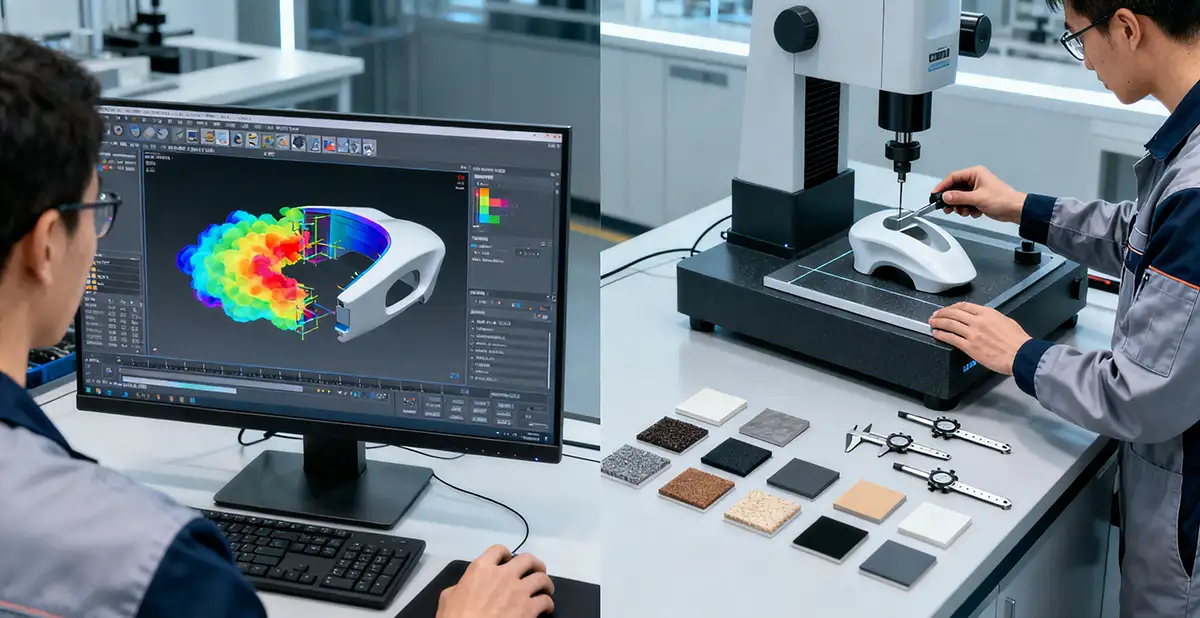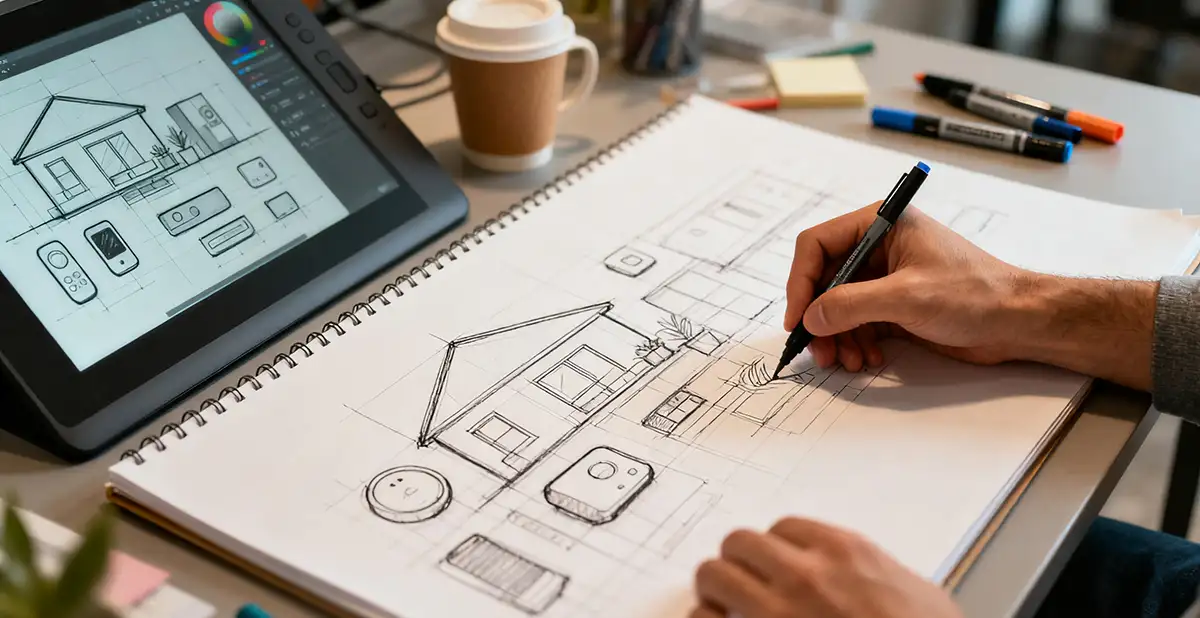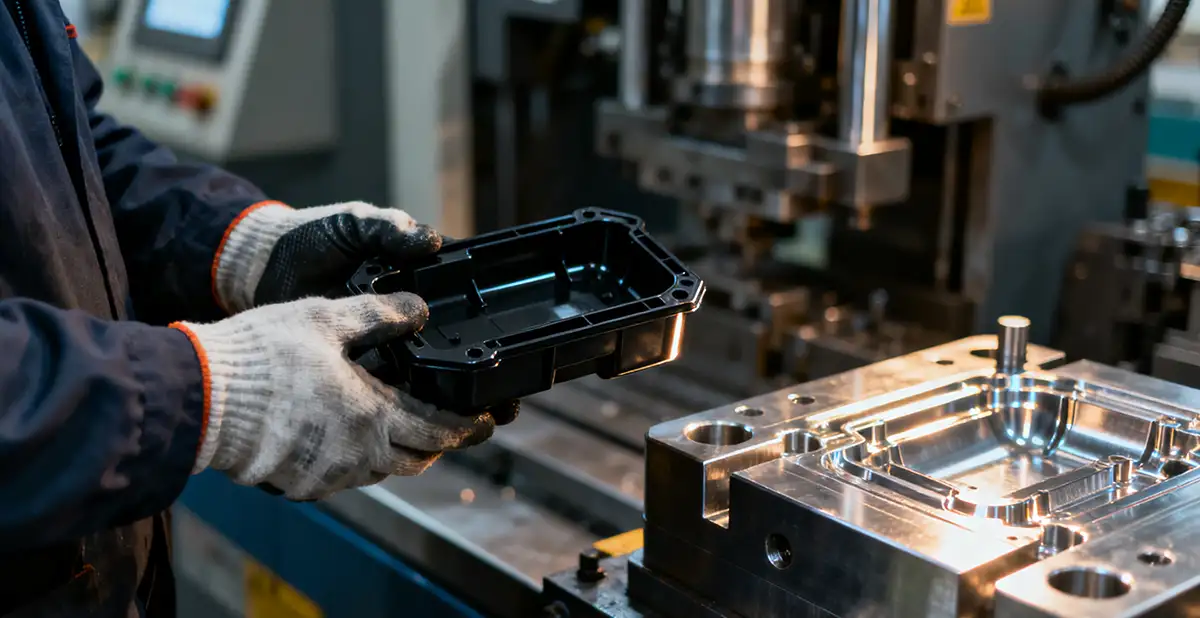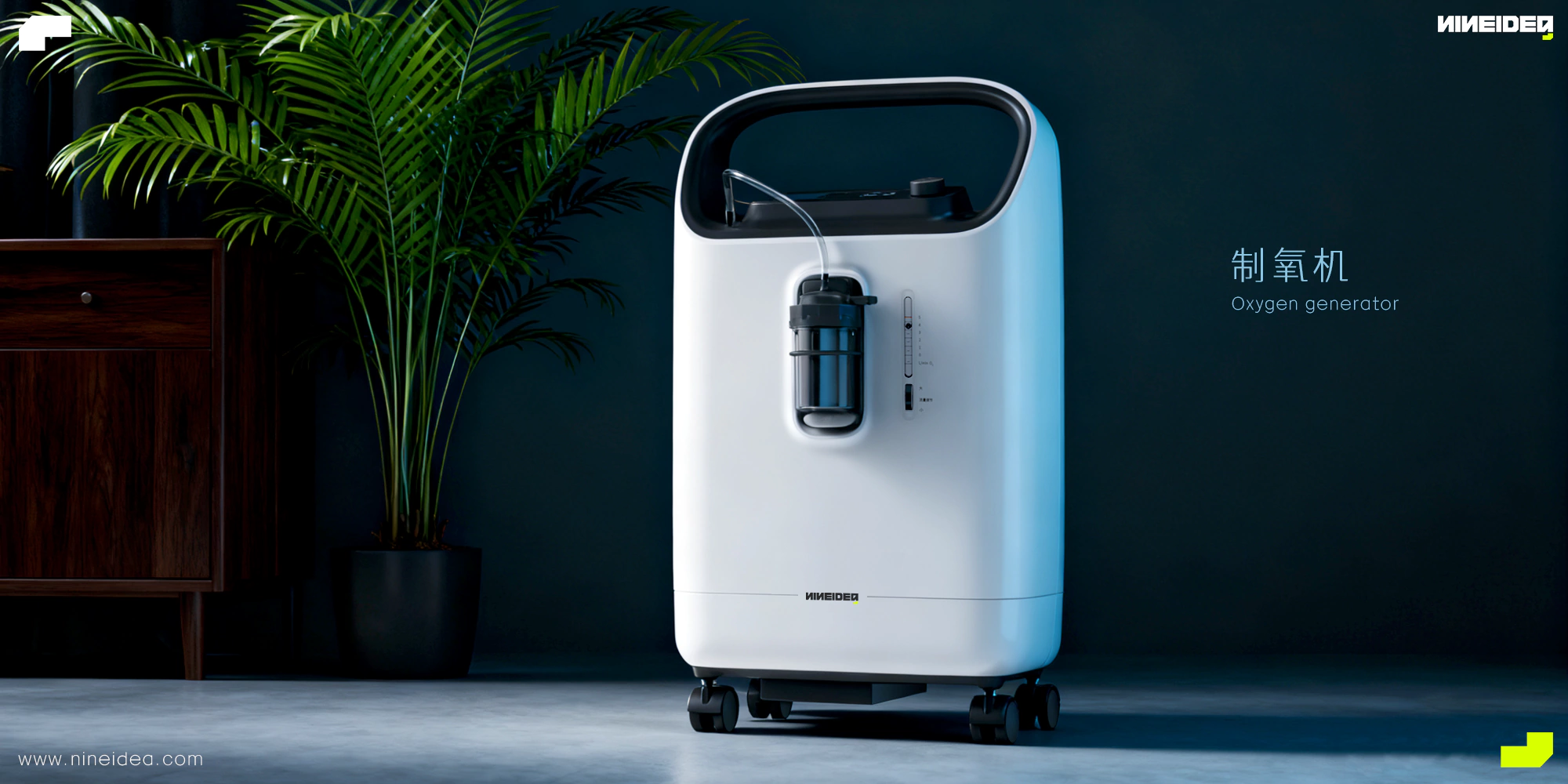NINEIDEA:从工业设计师转型CMF岗,核心是在原有设计思维基础上,强化 “色彩、材料、表面处理” 的专业化能力,同时补充供应链落地与趋势洞察的硬技能。如果你也是工业设计师,你也对这个岗位感兴趣(特别是女孩子设计师重点推荐),看看下面我整理内容,希望对你有帮助。
先补 3 个核心基础:从 “知道” 到 “懂原理”
CMF 的专业性,在于跳出 “好看” 的表层认知,理解 “为什么用这个色 / 材料 / 工艺” 的底层逻辑。
色彩:从 “凭感觉” 到 “懂规律”
工业设计师对色彩有基础敏感度,但需深化:
系统学色彩理论:比如孟塞尔色立体(明度、色相、彩度的量化关系)、色彩心理学(不同行业的色彩语义 —— 医疗用低饱和蓝传递 “安心”,运动用高饱和橙传递 “活力”);
掌握工具与标准:学会用潘通色卡(物理卡 + 数字色值)、RAL 色标,理解 CMYK/RGB/HSV 的色域差异(比如家电面板的 Pantone 15-0343 和数码屏显示的偏差);
关注行业色彩趋势:跟踪 WGSN、Pantone 年度报告,更要结合细分领域(比如汽车 CMF 看 IAC(国际汽车色彩委员会)报告,家居看米兰家具展色彩导向)。
材料:从 “认识” 到 “懂性能”
工业设计师知道 “塑料、金属、木材”,但 CMF 需要懂 “哪种塑料 / 金属 / 木材适合这个场景”:
建立材料数据库:按 “属性 + 场景” 分类整理 —— 比如 3C 产品常用材料(ABS/PC/ 铝合金)的耐温性、成本、加工方式(注塑 / 压铸);户外产品的耐候材料(ASA 树脂、氟碳涂层);
理解材料的 “隐性价值”:比如再生 PET 的环保属性(符合品牌 ESG 战略)、素皮的 “轻奢感” 溢价(比真皮成本低 30% 但质感接近);
跟踪新材料动态:关注生物基材料(如 PHA 可降解塑料)、智能材料(温感变色涂层、光致变色纤维)的应用可能性。
工艺:从 “了解” 到 “懂落地”
工业设计师知道 “磨砂、电镀”,但 CMF 需要懂 “工艺参数如何影响最终效果”:
吃透核心工艺细节:比如阳极氧化的 “膜厚(8-15μm)决定耐磨性”,水转印的 “图案清晰度与转印温度(25-30℃最佳)” 的关系;
掌握 “工艺 – 成本 – 效果” 平衡:比如同样是金属质感,压铸铝(成本高但精度高)vs 金属漆(成本低但质感弱)的选择逻辑;
规避工艺陷阱:比如深色 ABS 注塑易出现 “熔接痕”,需要提前和工厂确认模流分析结果。
用 2 个实践动作积累 “CMF 经验”
工业设计的项目经验是转型优势,关键是在原有工作中 “嵌入 CMF 视角”,把 “顺带做的 CMF” 变成 “刻意练的案例”。
在现有项目中 “抢 CMF 活儿”
主动承担产品的色彩方案、材料选型环节,比如:
做一款小家电时,不仅画形态,更要输出 3 套色彩方案(基础款 / 年轻款 / 高端款),说明 “为什么年轻款用马卡龙色 + 磨砂 PC(成本低且符合 Z 世代审美)”;
跟进打样全流程:记录不同材料打样的色差(比如第一批 ABS 奶白偏黄,调整色母比例后第二批达标)、工艺缺陷(比如金属喷砂的颗粒度不一致,要求工厂统一砂材目数),把这些写成 “CMF 落地复盘”,放进作品集。
做 “跨界 CMF 练习”
针对目标行业(比如想转汽车 CMF,就拿现有车型练手),做虚拟项目:
例:给一款电动车设计内饰 CMF—— 分析用户(30-40 岁中产,追求 “科技 + 舒适”)→ 选材料(仪表台用肤感 PU(替代皮革,成本降 20%),门板用亚麻纤维增强塑料(环保))→ 定色彩(主色浅灰(扩大空间感)+ 点缀色深空蓝(科技感))→ 标工艺(PU 做 0.1mm 荔枝纹(防刮),塑料做哑光 UV 涂层(耐脏))。
强化 1 个差异化:“设计思维 + 供应链思维” 的结合
工业设计师的优势是 “懂产品逻辑和用户需求”,这恰恰是纯材料工程师或色彩顾问缺乏的。转型时要突出:
能从 “用户体验” 倒推 CMF 方案:比如设计儿童餐具,工业设计师会先考虑 “防摔(材料选 TPU)、易清洁(表面做抗菌涂层)、安全(色彩用食品级色母)”,而不是单纯选 “好看的色”;
能协调 “设计 – 生产”:比如知道 “这个渐变色玻璃在小批量试产时,要提前和玻璃厂确认镀膜机的型号(旧设备可能色差大)”,这是纯 CMF 新人难具备的。
用 “CMF 化作品集” 敲开门
把原有作品集重构:
减少 “形态推敲” 篇幅,增加 “CMF 决策过程”:比如某产品的材料从 “ABS” 换成 “再生 ABS” 的理由(环保趋势 + 成本只差 5%)、色彩方案的用户测试数据(300 份问卷显示 70% 偏好浅灰而非白色);
附 “材料样本册”:把自己收集的材料小样(带工艺说明,如 “304 不锈钢 + 哑光喷砂,盐雾测试 48 小时无锈”)拍照或实体呈现,比空谈更有说服力。
本质上,工业设计师转 CMF 是 “从全链路设计” 向 “细分领域深钻”,核心是把 “对产品的理解” 转化为 “对 CMF 的精准落地能力”—— 前者是转型的底气,后者是转型的关键。
@NINEIDEA九号创新 www.nineidea.com
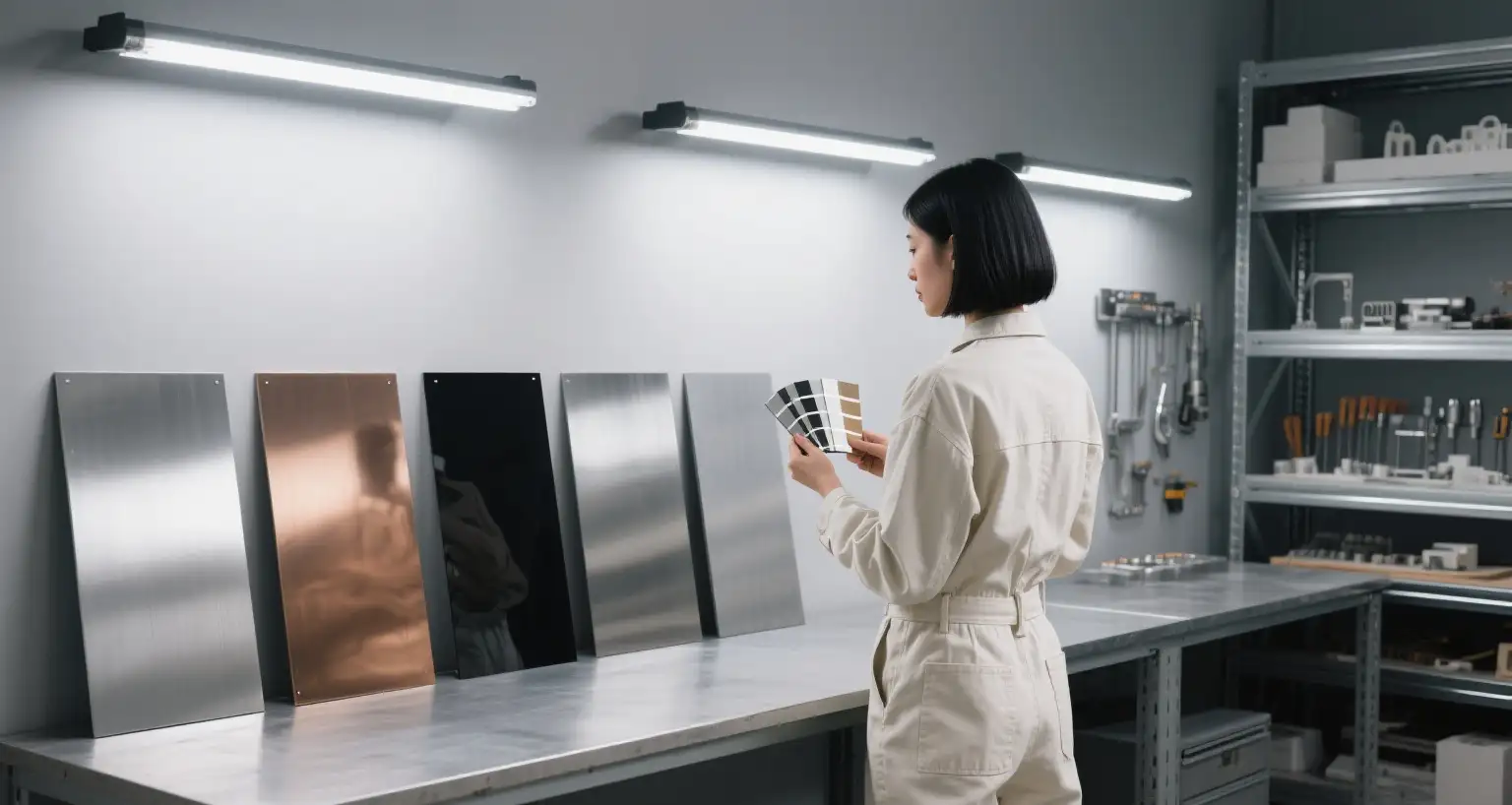
Transitioning from Industrial Designer to CMF Position: Core Competencies and Practical Paths for Transformation
Can. If you are also an industrial designer and interested in this position (especially recommended for female designers), take a look at the content I have compiled below, hoping it will be helpful to you.
First, fill in three core foundations: from “knowing” to “understanding principles”
The professionalism of CMF lies in breaking away from the superficial perception of “good-looking” and understanding the underlying logic of “why this color/material/process is used”.
Color: From “feeling” to “understanding patterns”
Industrial designers have a basic sensitivity to color, but need to deepen:
Systematics color theory: such as Munsell color stereo (quantitative relationship between brightness, hue, and saturation), color psychology (color semantics in different industries – medical low saturation blue conveys “peace of mind”, sports high saturation orange conveys “vitality”);
Mastering tools and standards: Learn to use Pantone color cards (physical cards+digital color values), RAL color codes, and understand the color gamut differences of CMYK/RGB/HSV (such as Pantone 15-0343 on home appliance panels and the deviation of digital screen displays);
Pay attention to industry color trends: Track WGSN and Pantone annual reports, and combine them with segmented fields (such as automotive CMF reading IAC (International Automobile Color Committee) reports, and home furnishings reading Milan Furniture Fair color guidance).
Material: From “Understanding” to “Understanding Performance”
Industrial designers know “plastic, metal, wood”, but CMF needs to understand “which plastic/metal/wood is suitable for this scene”:
Establish a material database: sort and organize materials by “attributes+scenarios” – such as the temperature resistance, cost, and processing methods (injection molding/die casting) of commonly used materials (ABS/PC/aluminum alloy) in 3C products; Weather resistant materials for outdoor products (ASA resin, fluorocarbon coating);
Understand the “implicit value” of materials, such as the environmental attributes of recycled PET (in line with brand ESG strategy), and the premium of “light luxury” of plain leather (30% lower in cost than genuine leather but similar in texture);
Tracking new material trends: Pay attention to the potential applications of biobased materials (such as PHA degradable plastics) and smart materials (temperature sensitive color changing coatings, photochromic fibers).
Craftsmanship: From “Understanding” to “Understanding Implementation”
Industrial designers know about “sanding and electroplating”, but CMF needs to understand “how process parameters affect the final effect”:
Thoroughly understand the core process details, such as the “film thickness (8-15 μ m) determines wear resistance” in anodizing, and the “relationship between pattern clarity and transfer temperature (optimal at 25-30 ℃)” in water transfer printing;
Master the balance of “process cost effect”: for example, the logic of choosing between die cast aluminum (high cost but high precision) and metallic paint (low cost but weak texture) for the same metallic texture;
Avoiding process traps: For example, dark ABS injection molding is prone to “weld marks”, and it is necessary to confirm the mold flow analysis results with the factory in advance.
Accumulate ‘CMF experience’ through 2 practical actions
The project experience of industrial design is a transformational advantage, and the key is to “embed the CMF perspective” in the original work, turning “CMF done incidentally” into “deliberate practice cases”.
Grab CMF jobs in existing projects
Take the initiative to undertake the color scheme and material selection process of the product, such as:
When making a small household appliance, not only should the shape be drawn, but also three color schemes (basic, young, and high-end) should be output to explain why the young model uses macaron color and frosted PC (low-cost and in line with the aesthetic of Generation Z);
Follow up on the entire sampling process: Record the color difference of different material samples (such as the first batch of ABS milk white turning yellow, the second batch meeting the standard after adjusting the color masterbatch ratio), process defects (such as inconsistent particle size of metal sandblasting, requiring the factory to unify the sand material mesh), write these as “CMF landing review”, and include them in the portfolio.
Practice Cross border CMF
For the target industry (such as training with existing car models if you want to switch to automotive CMF), create virtual projects:
Example: Design interior CMF for an electric vehicle – Analyze users (middle class aged 30-40, pursuing “technology+comfort”) → Select materials (use skin feel PU for dashboard (replacing leather, reducing costs by 20%), use linen fiber-reinforced plastic for door panels (environmentally friendly)) → Set colors (main color light gray (expanding space sense)+accent color deep space blue (technological sense)) → Standard process (use 0.1mm lychee pattern for PU (scratch resistant), use matte UV coating for plastic (dirt resistant)).
Strengthen one differentiation: the combination of “design thinking+supply chain thinking”
The advantage of industrial designers is their understanding of product logic and user needs, which is precisely what pure material engineers or color consultants lack. During the transformation, it is important to highlight:
The CMF solution can be deduced from “user experience”: for example, when designing children’s tableware, industrial designers will first consider “anti drop (material selection TPU), easy to clean (surface antibacterial coating), and safety (color using food grade colorants)”, rather than simply choosing “good-looking colors”;
Being able to coordinate “design production”: for example, knowing that “when producing this gradient glass in small batches, it is necessary to confirm the model of the coating machine with the glass factory in advance (old equipment may have large color differences)”, which is difficult for new CMF personnel to possess.
Knock on the door with the ‘CMF based portfolio’
Refactoring the original portfolio:
Reduce the length of “form analysis” and add “CMF decision-making process”: for example, the reason for changing the material of a certain product from “ABS” to “recycled ABS” (environmental trend+cost difference of only 5%), user test data on color schemes (300 questionnaires show that 70% prefer light gray instead of white);
Attached is the “Material Sample Book”: Take photos or present the collected material samples (with process instructions, such as “304 stainless steel+matte sandblasting, salt spray test for 48 hours without rust”) in real form, which is more convincing than empty talk.
Essentially, the transition of industrial designers to CMF is a move from “full chain design” to “deep exploration of segmented fields”. The core is to transform “understanding of the product” into “precise implementation ability of CMF” – the former is the confidence of transformation, while the latter is the key to transformation.
@NINEIDEA九号创新 www.nineidea.com













